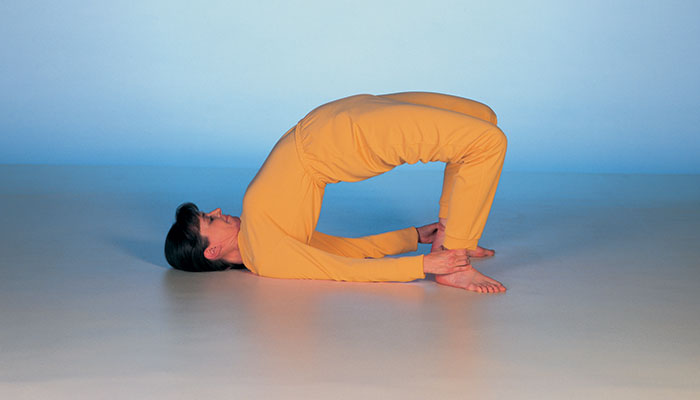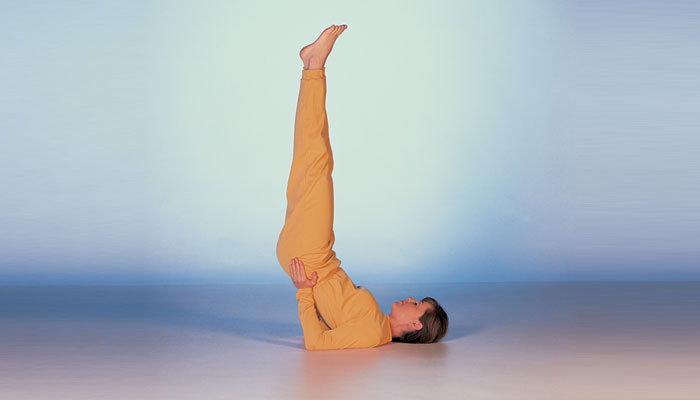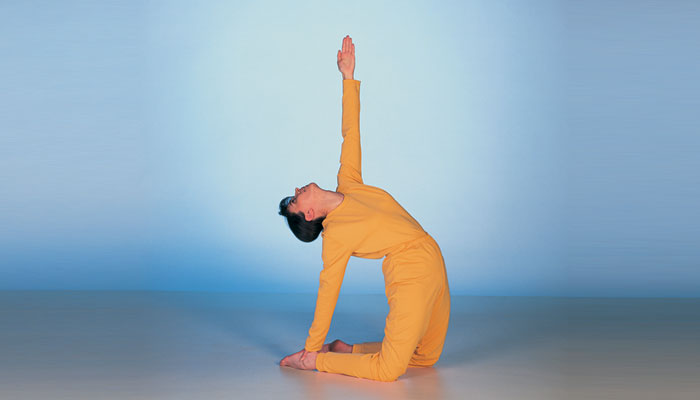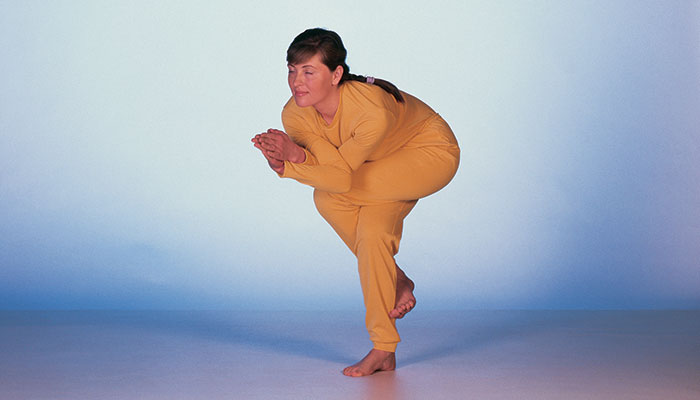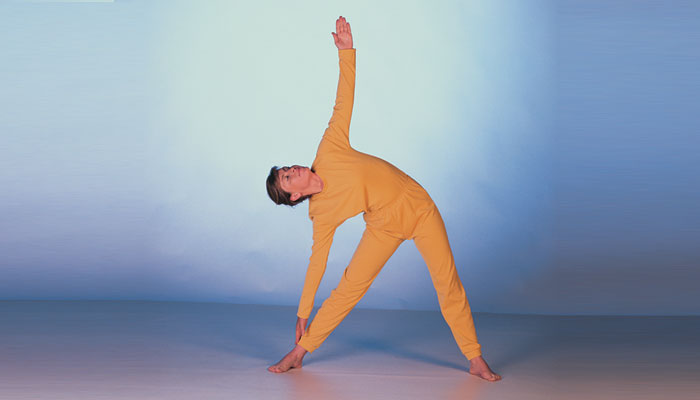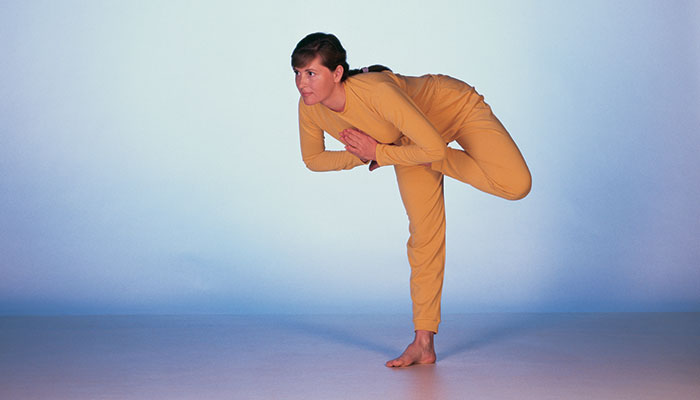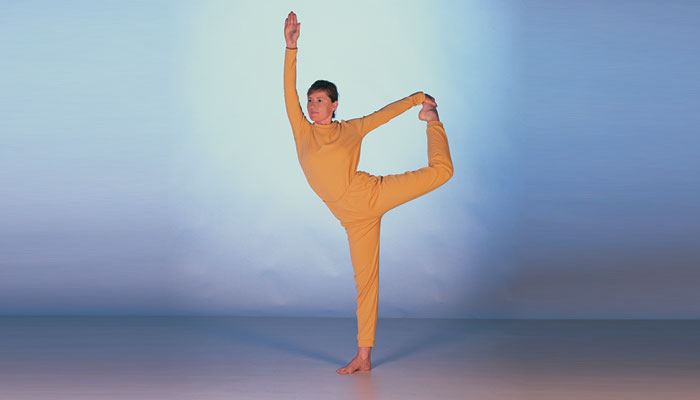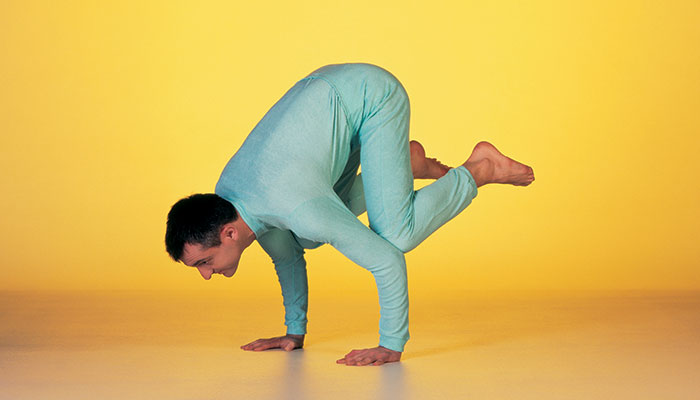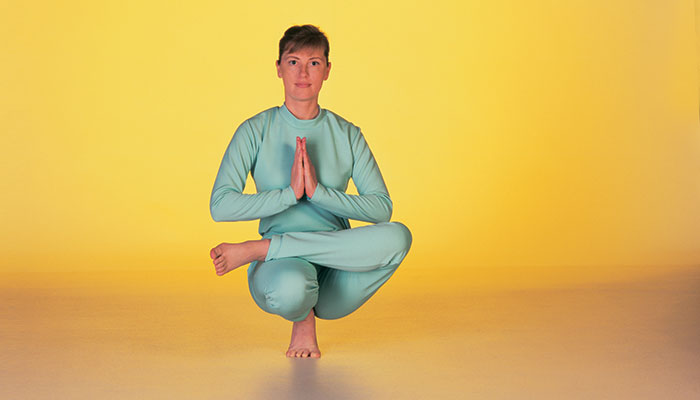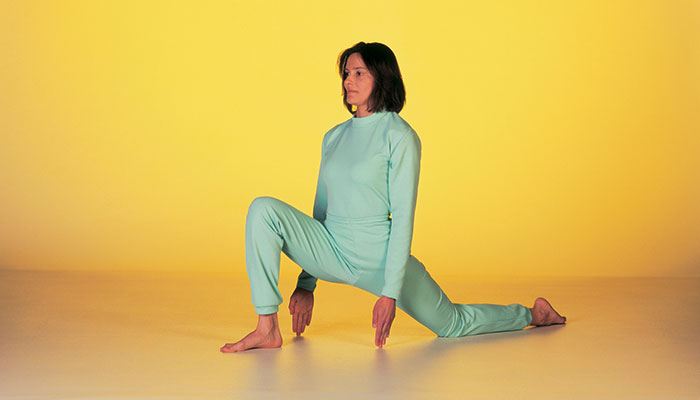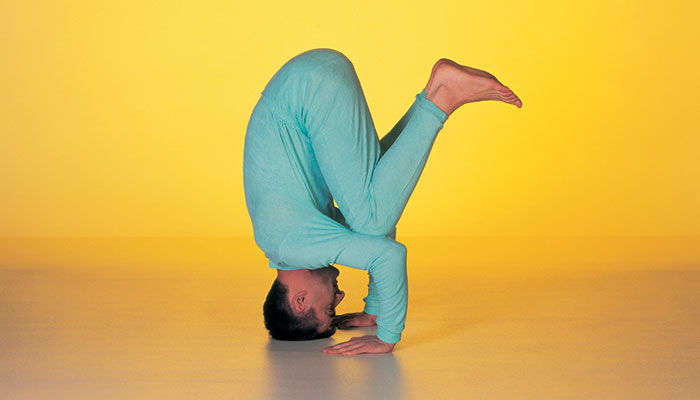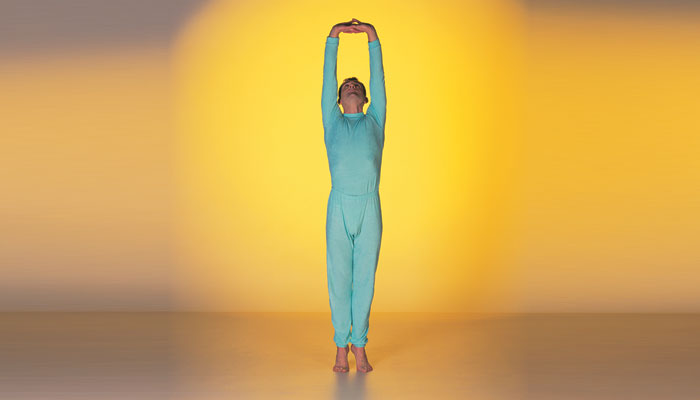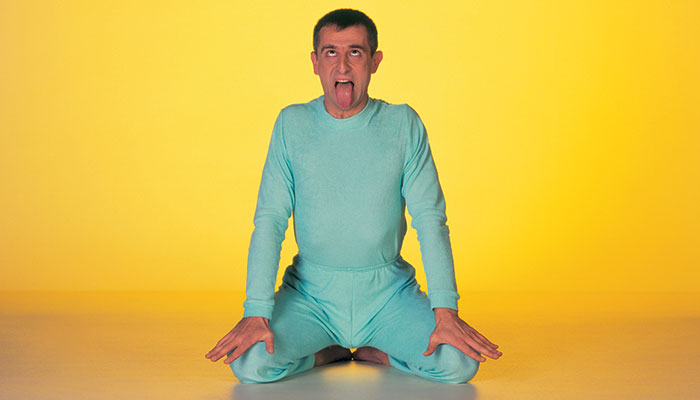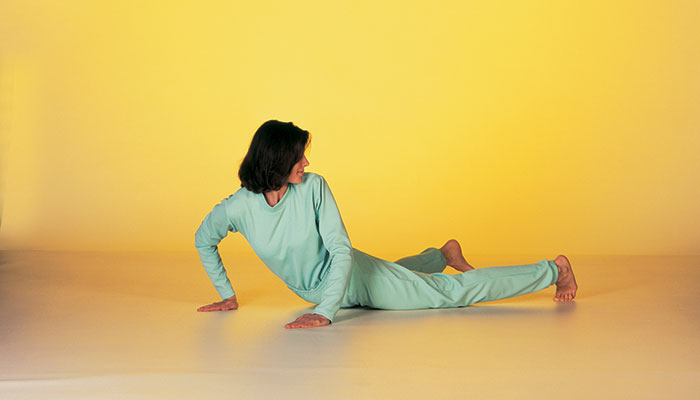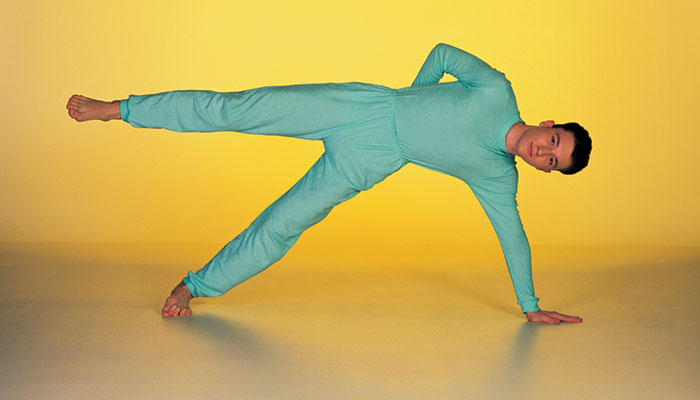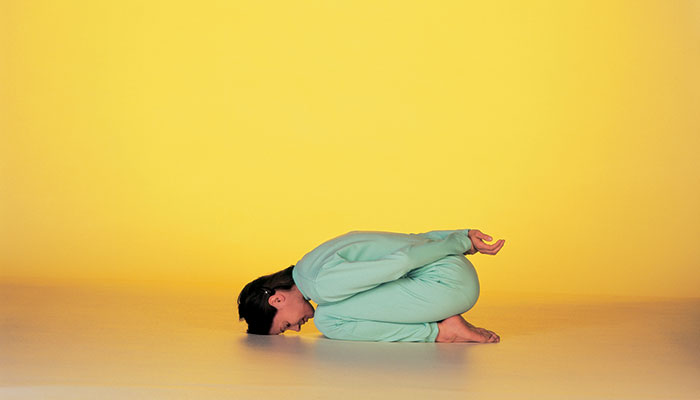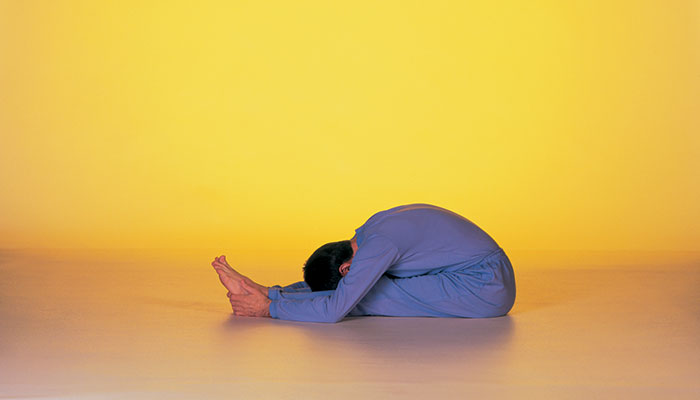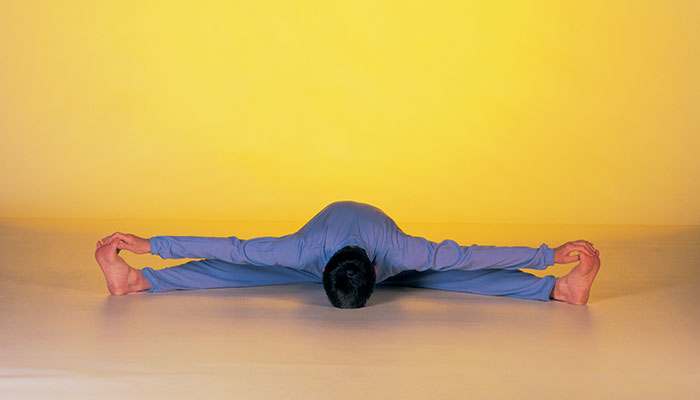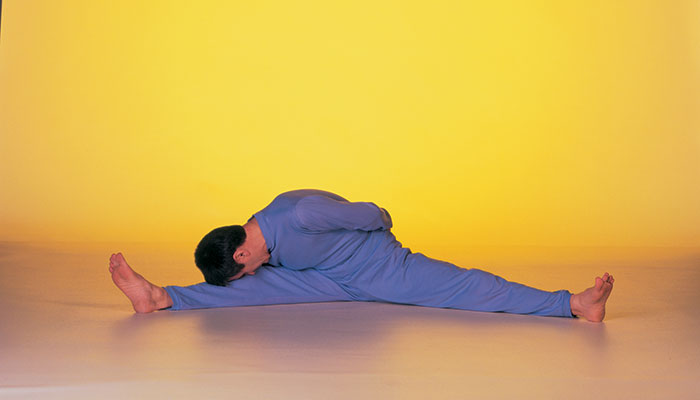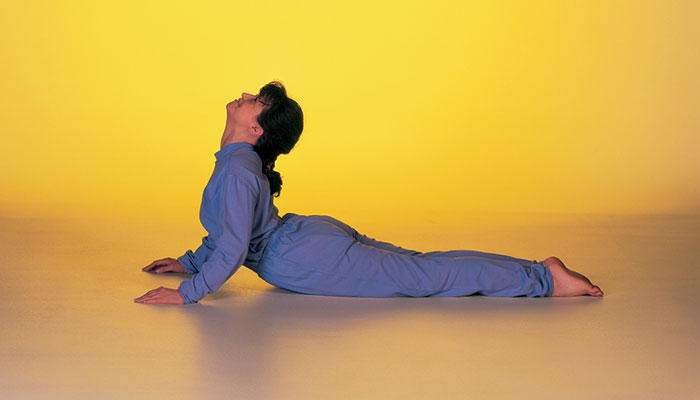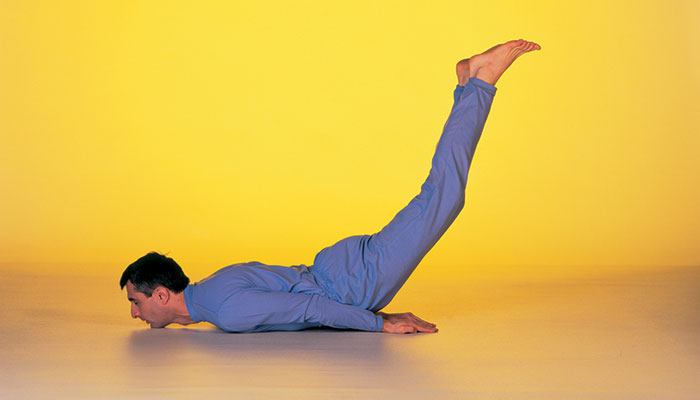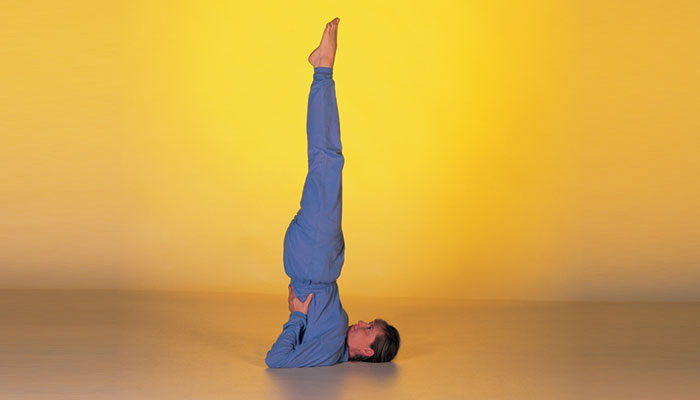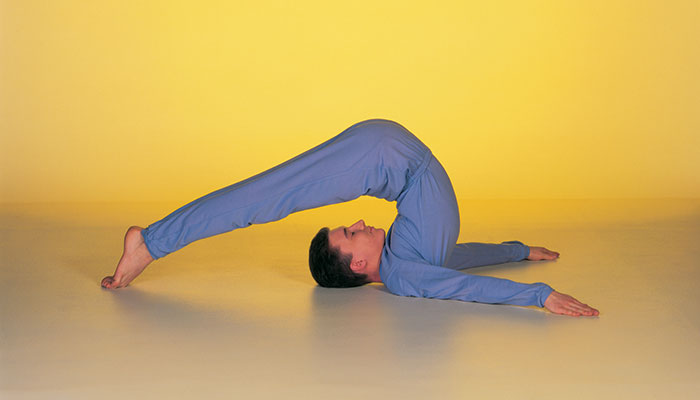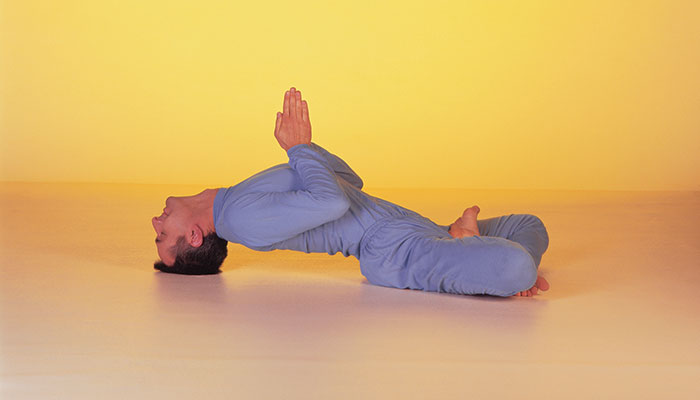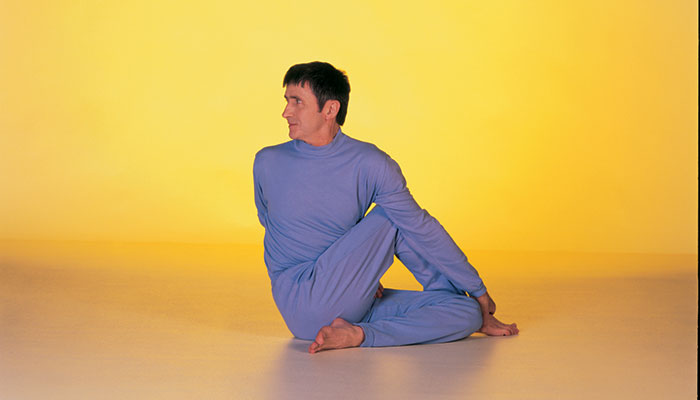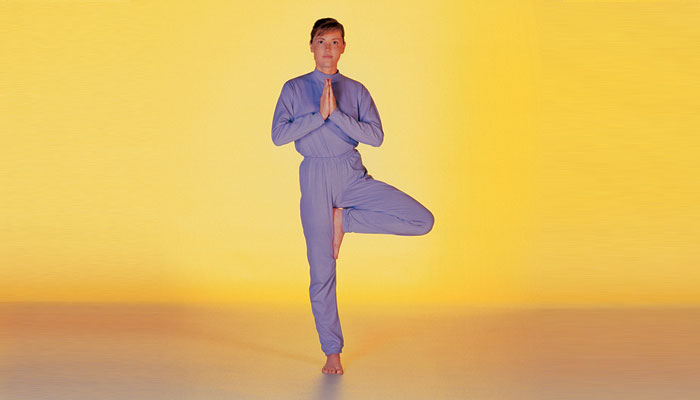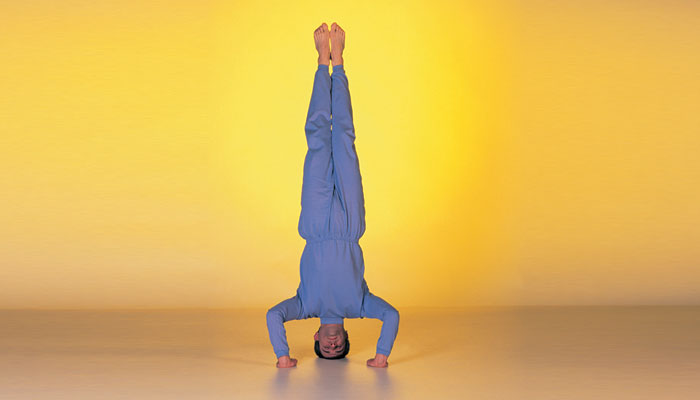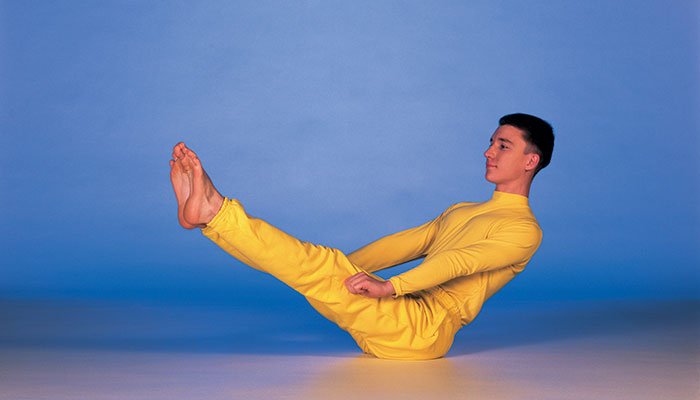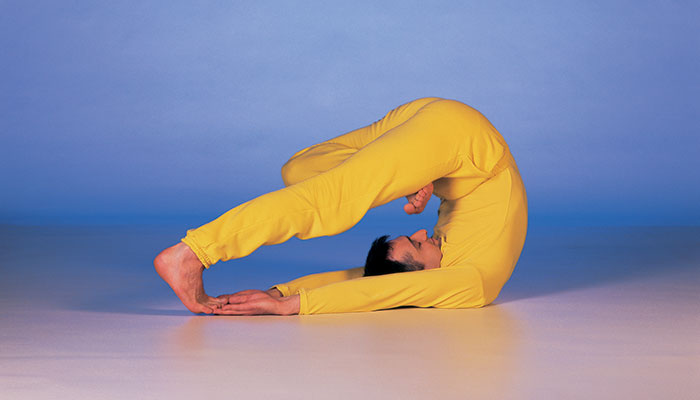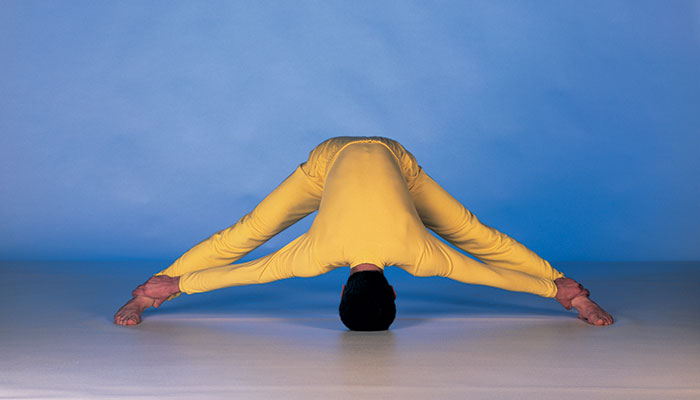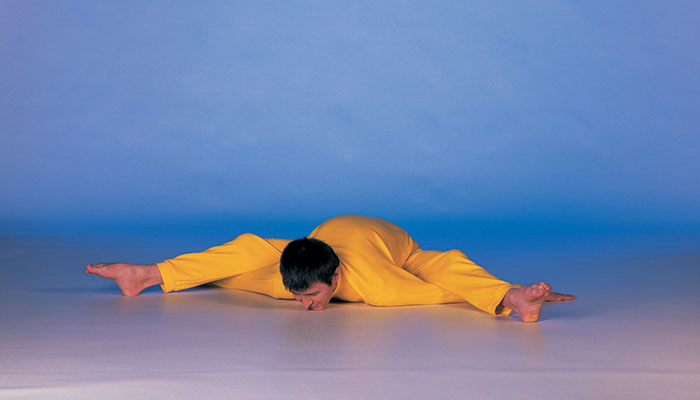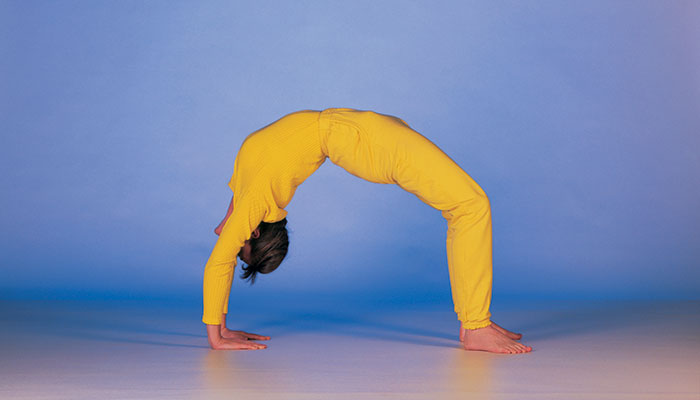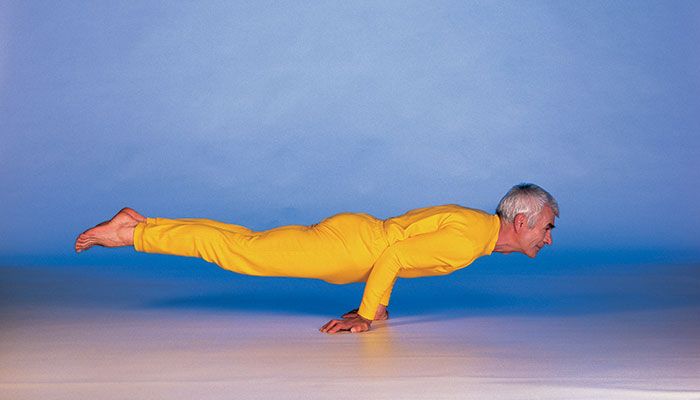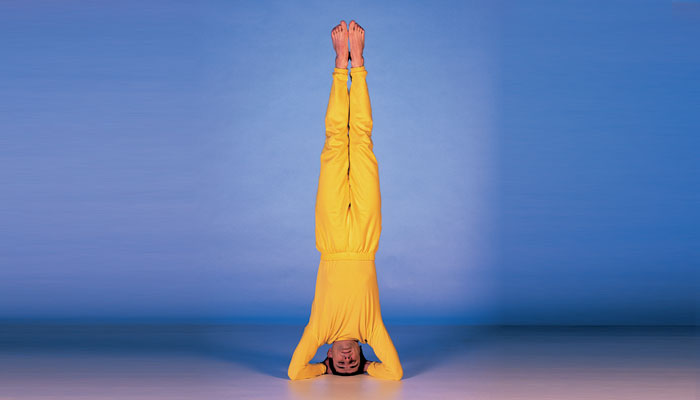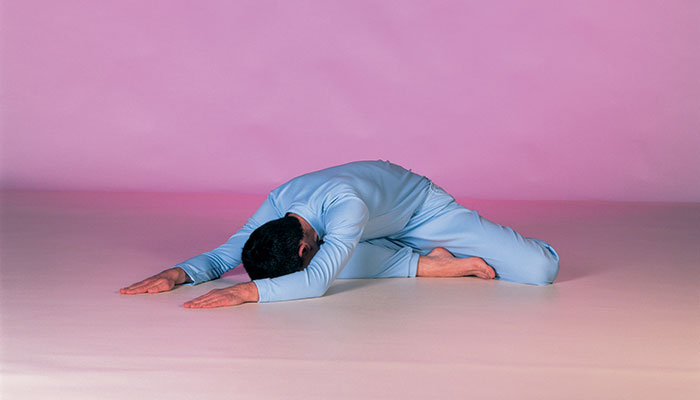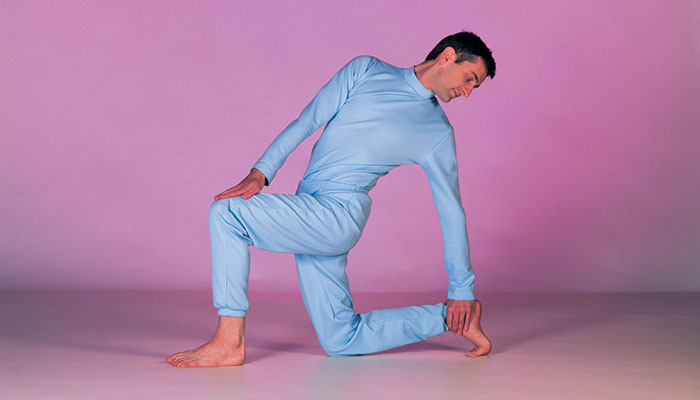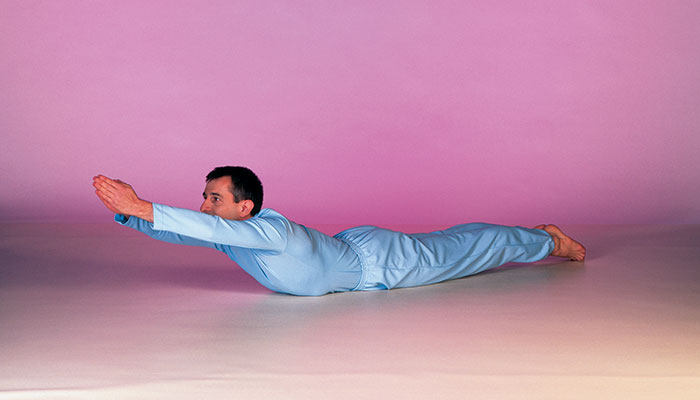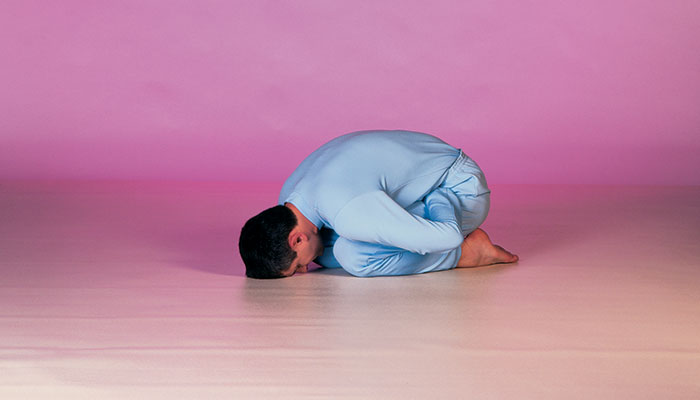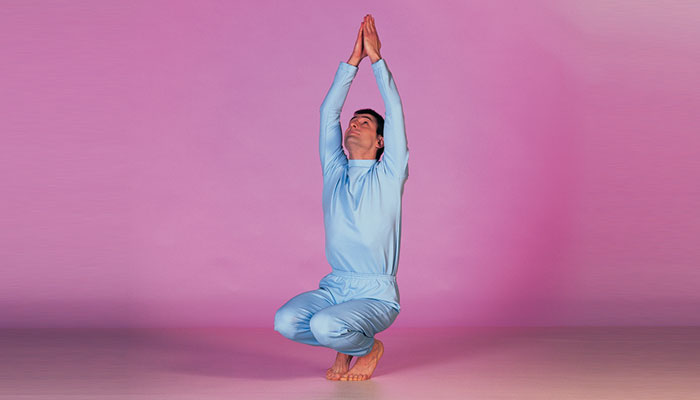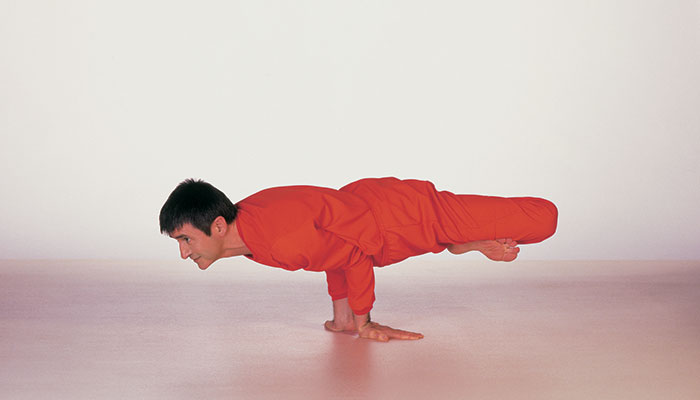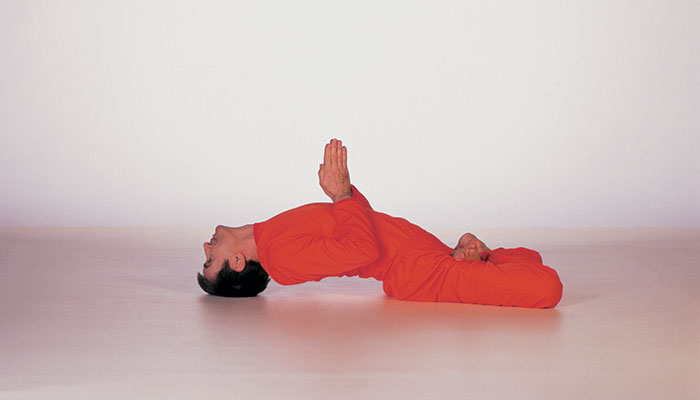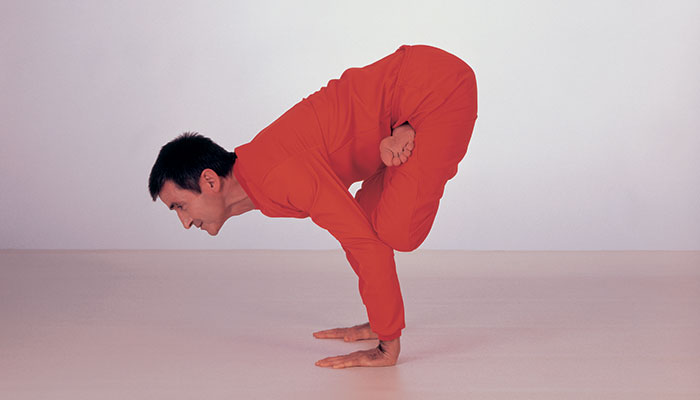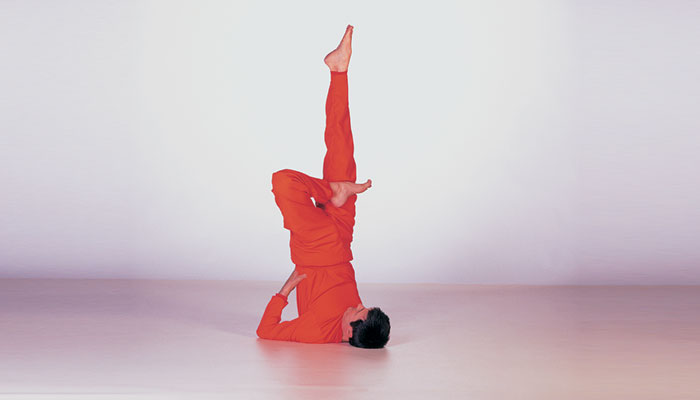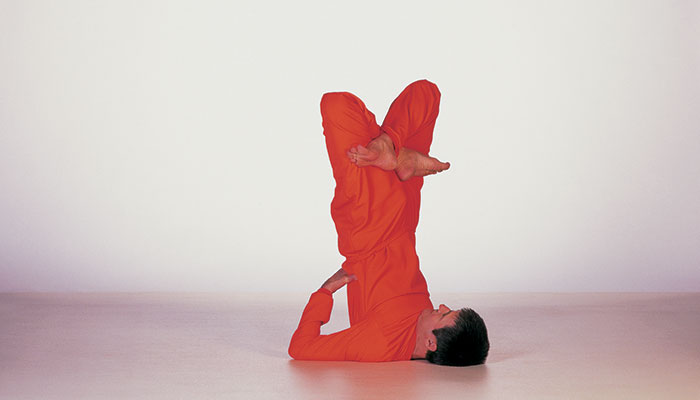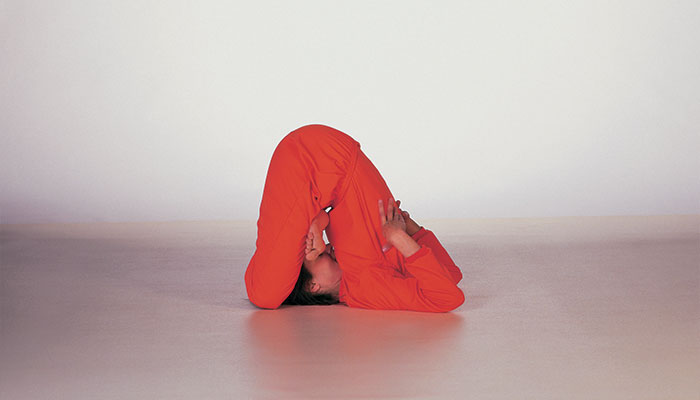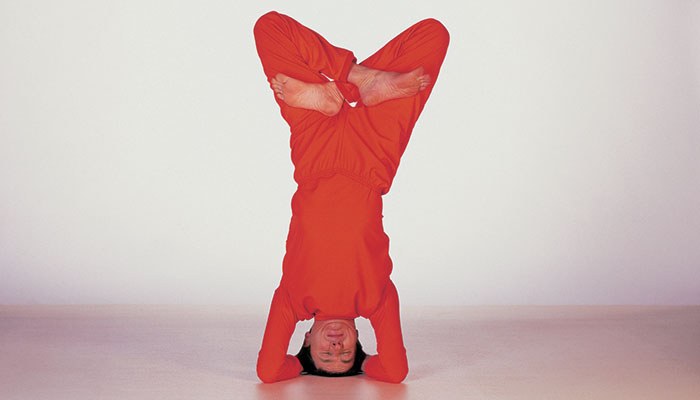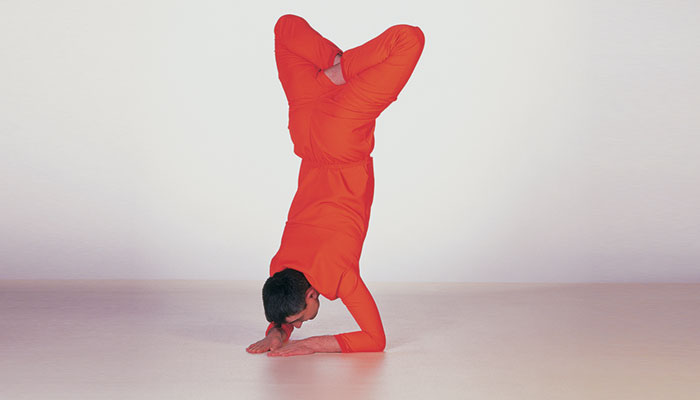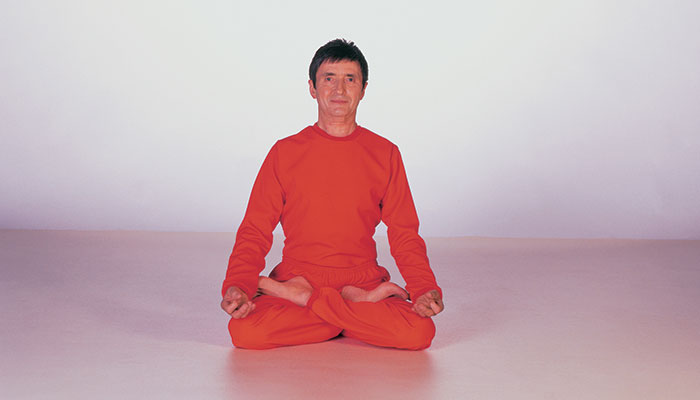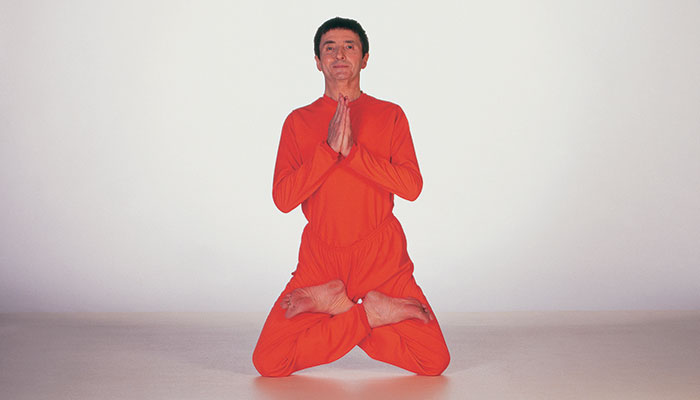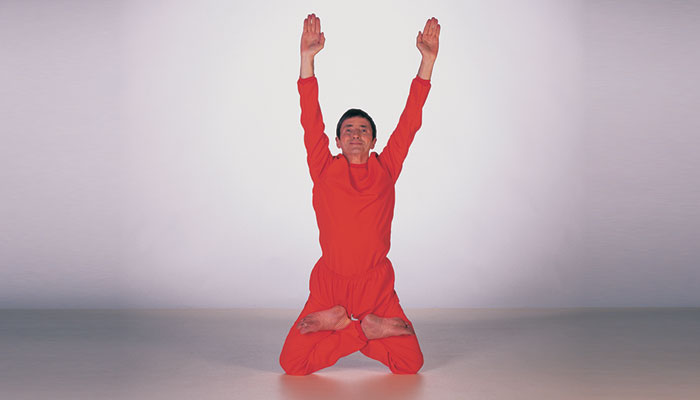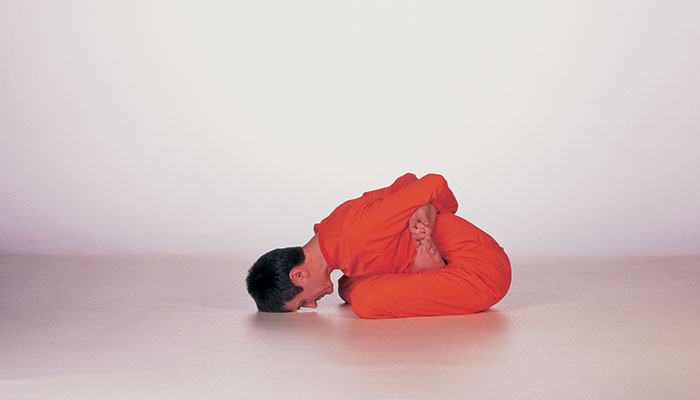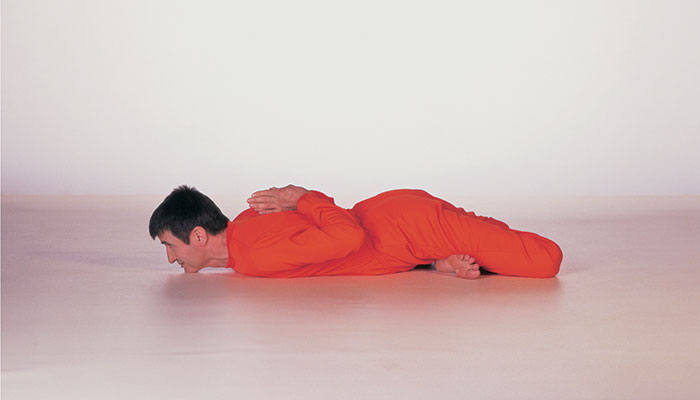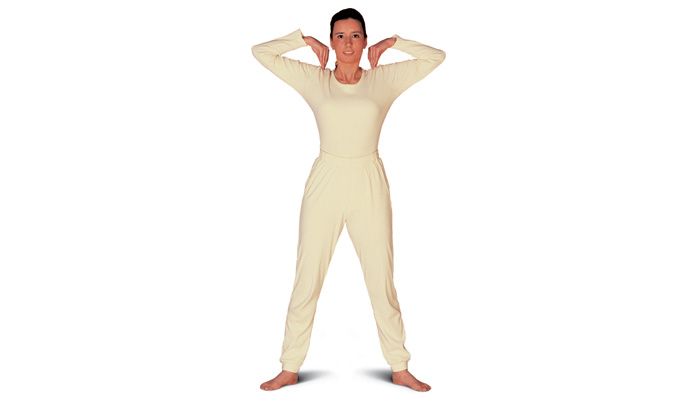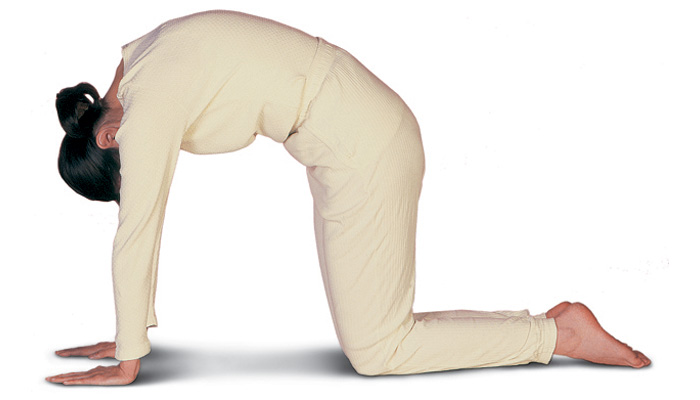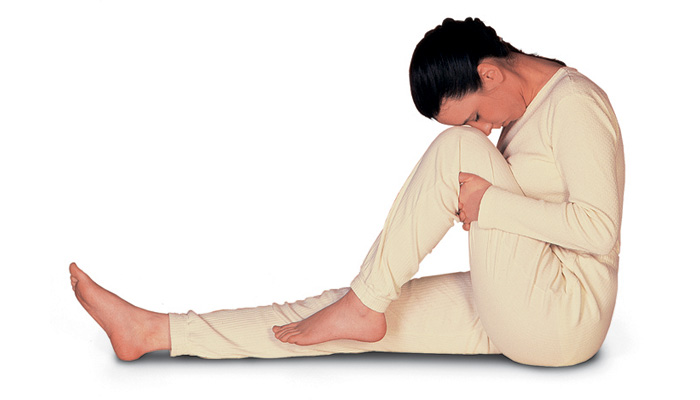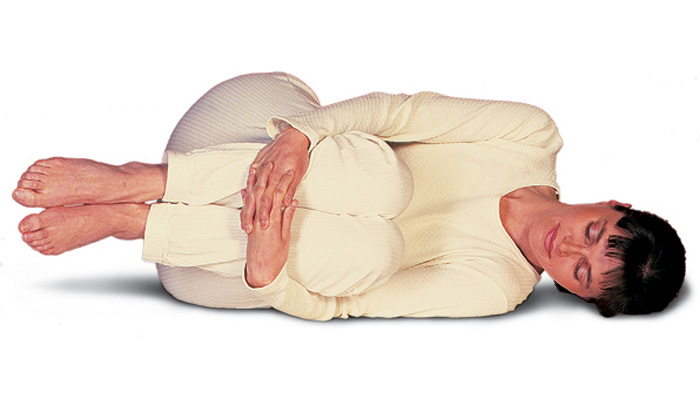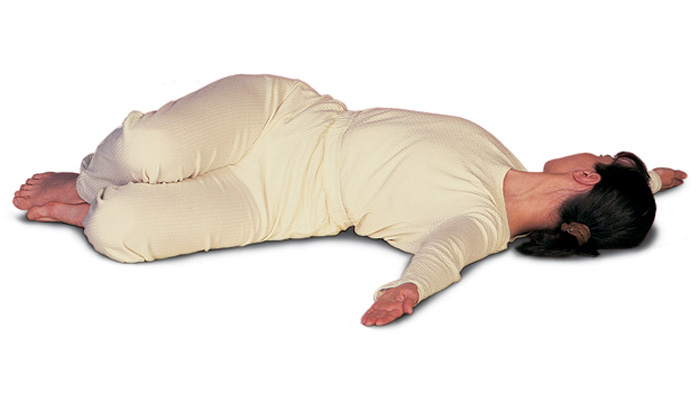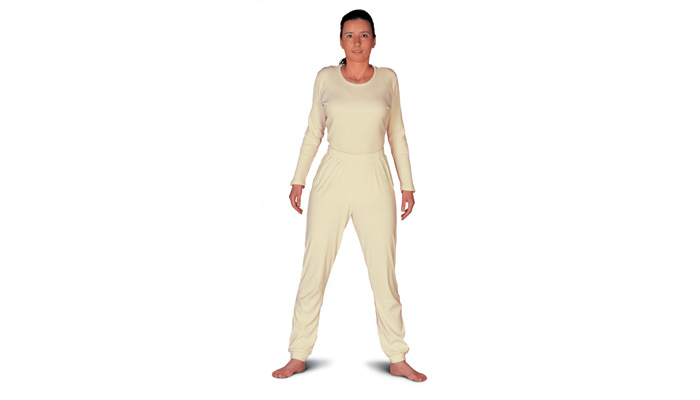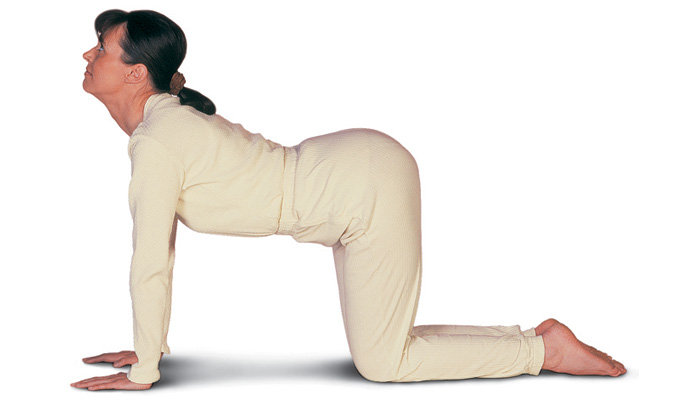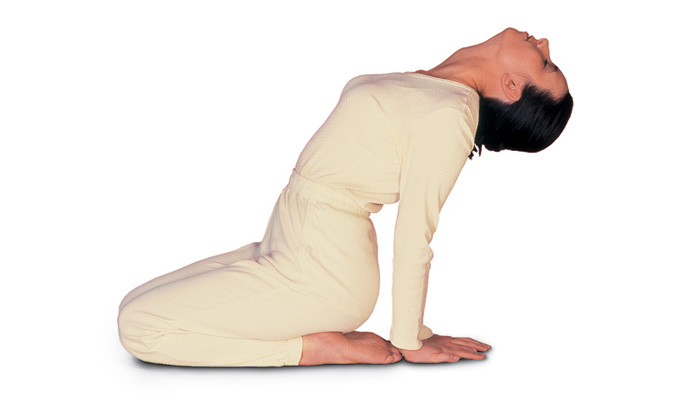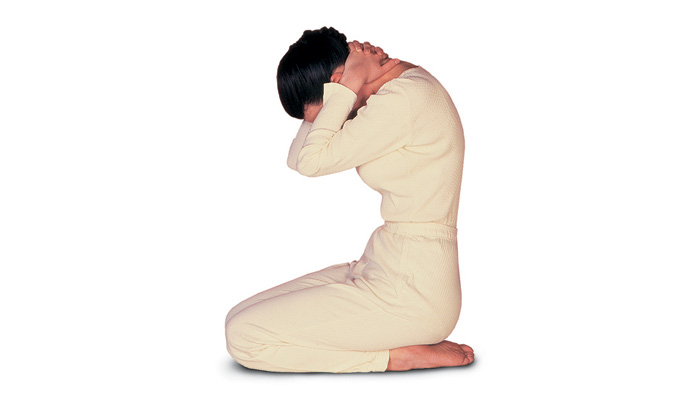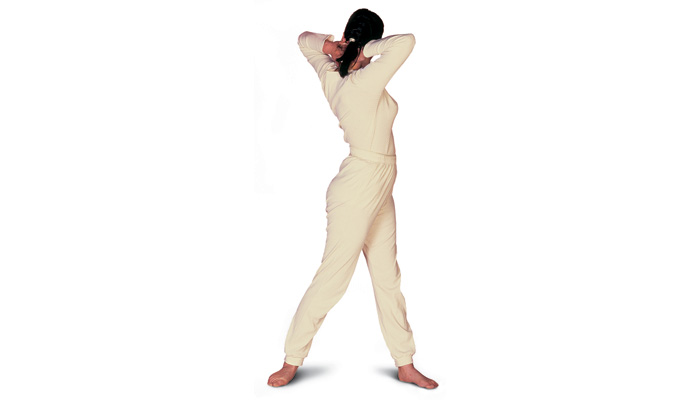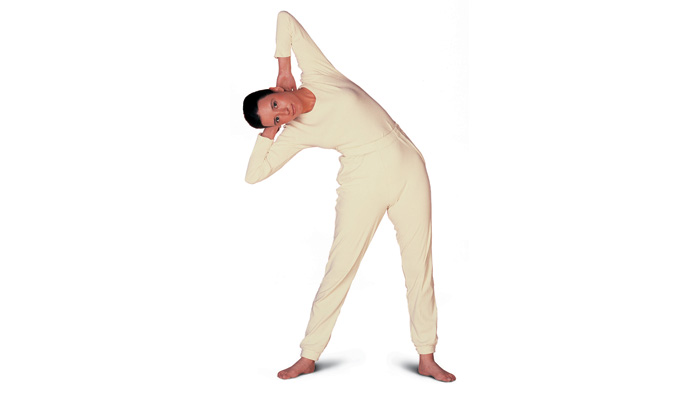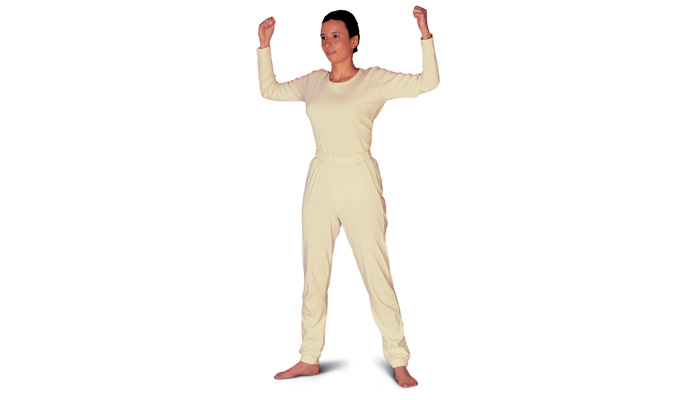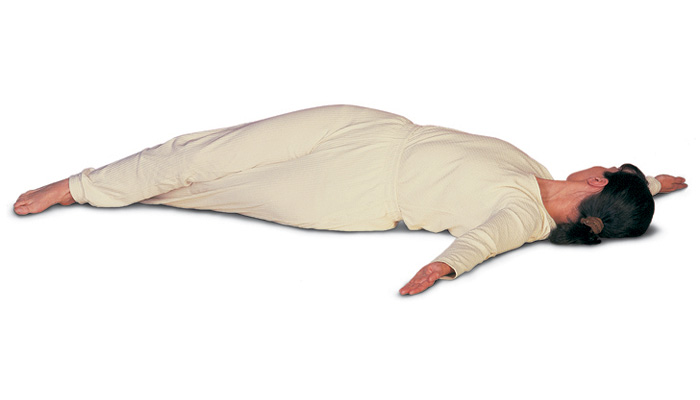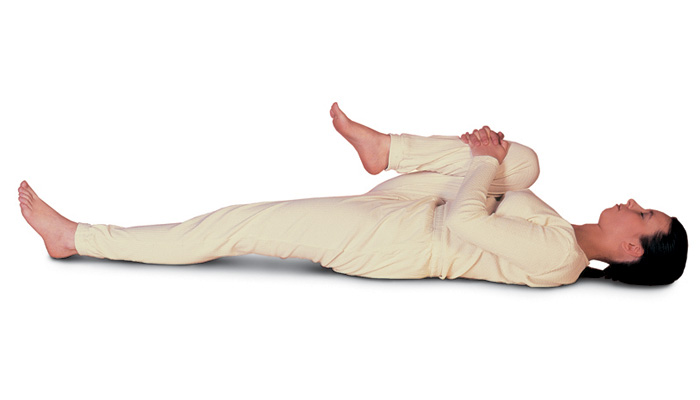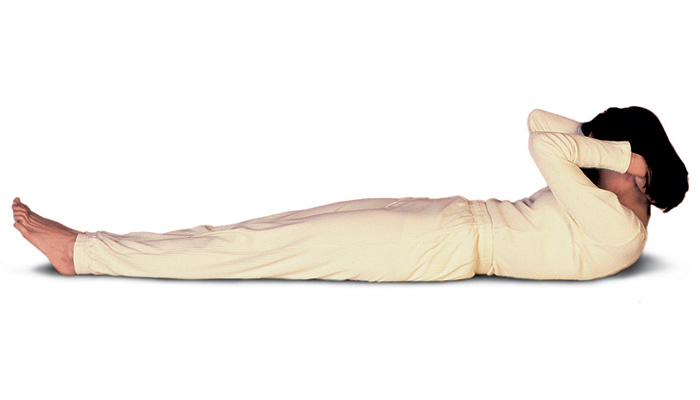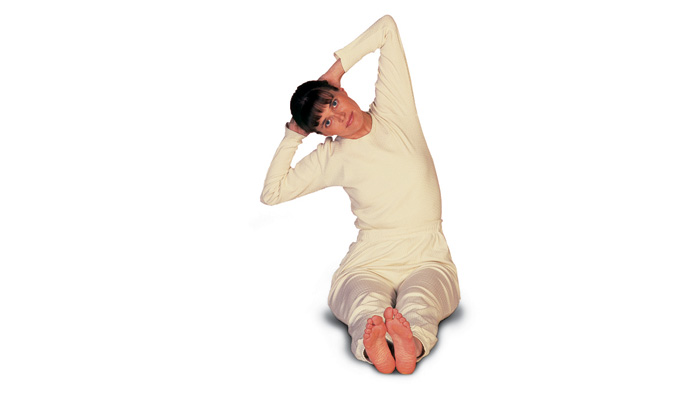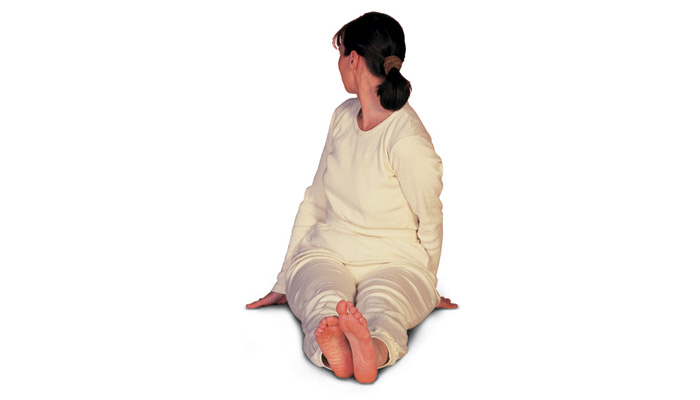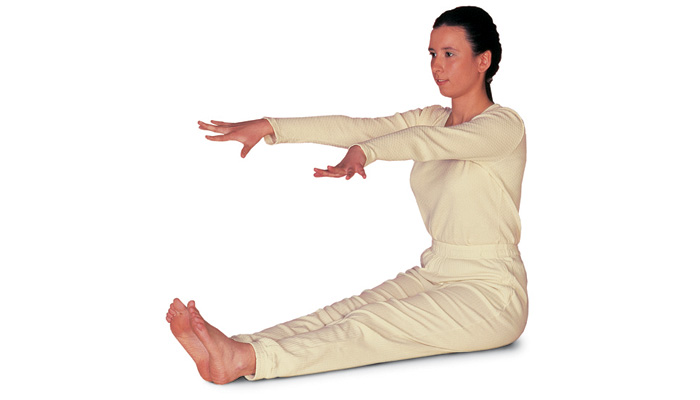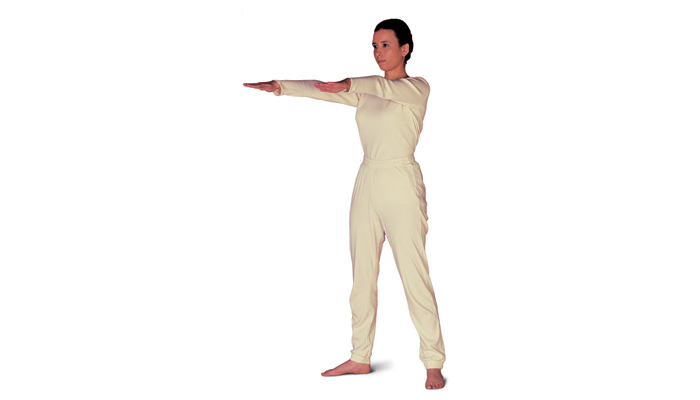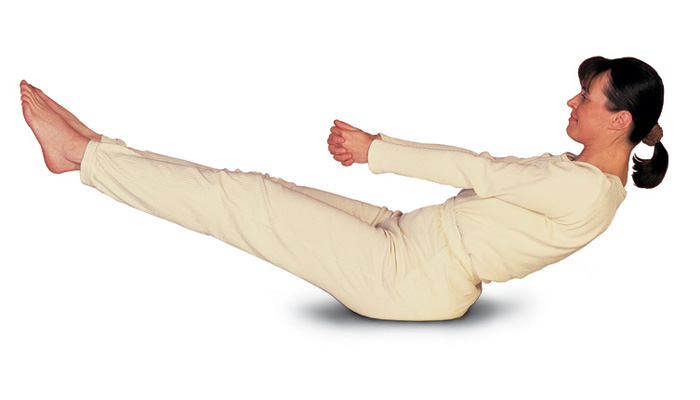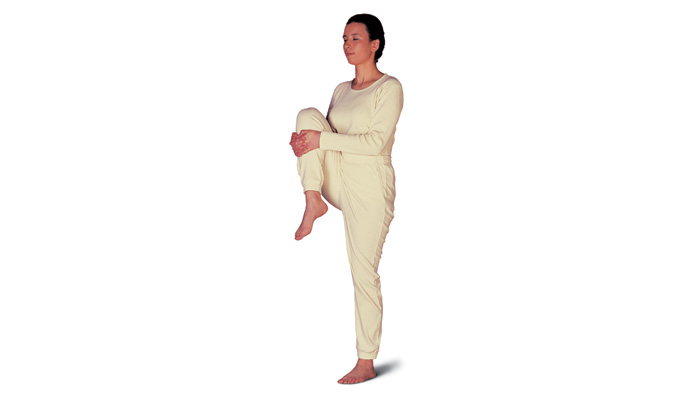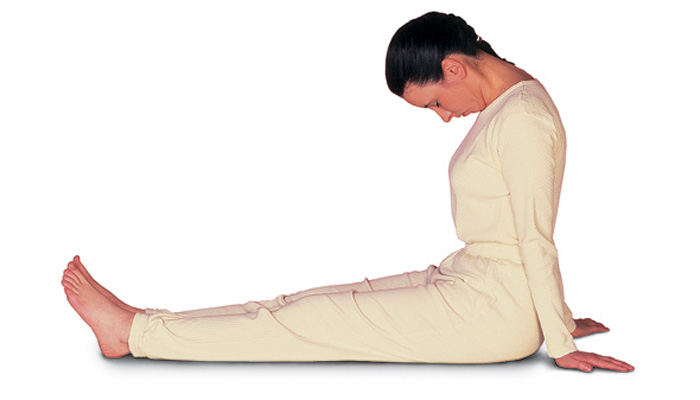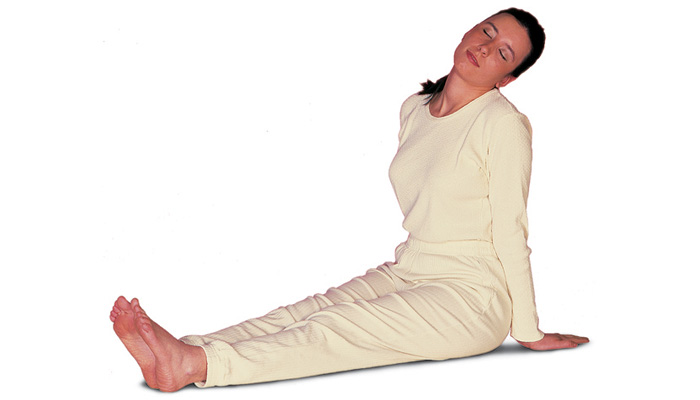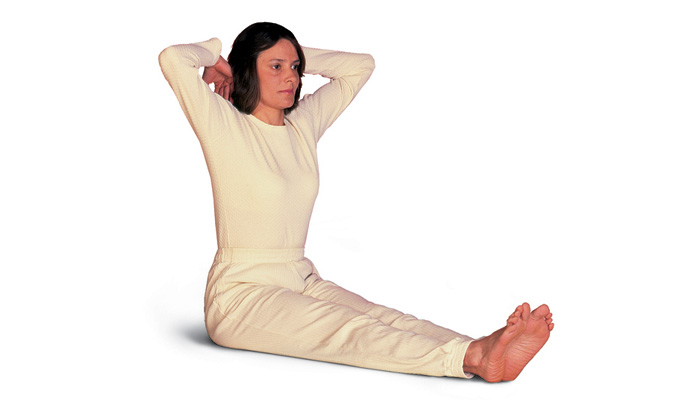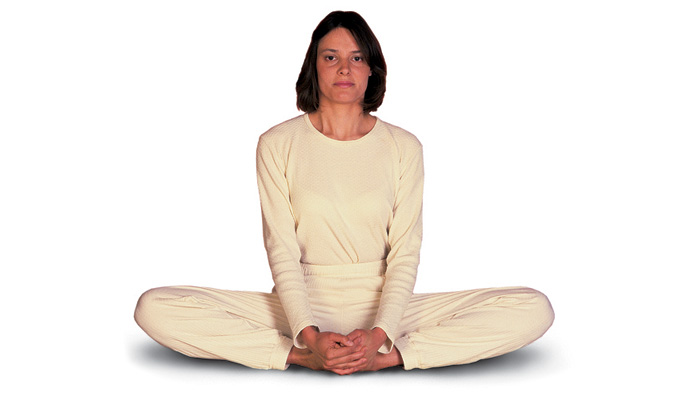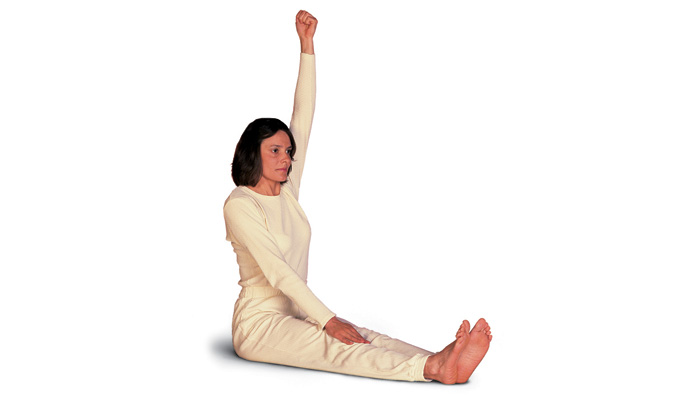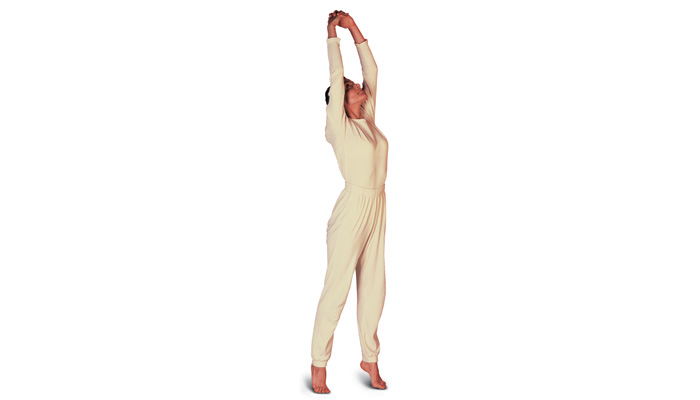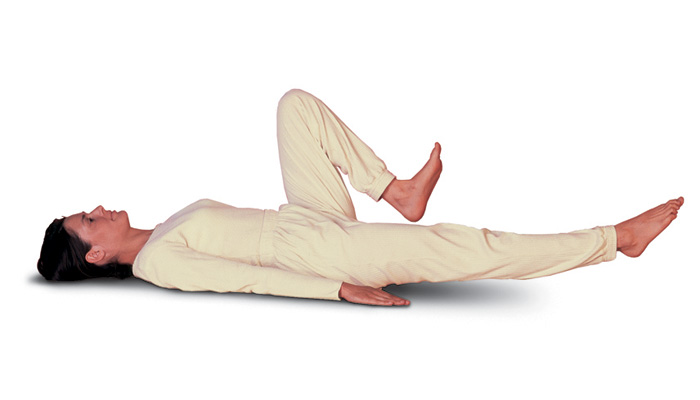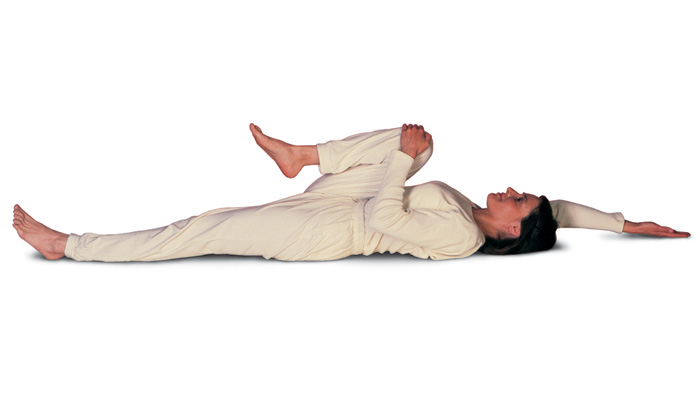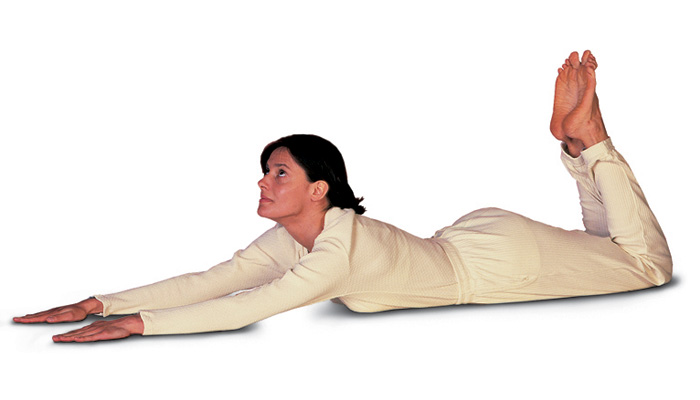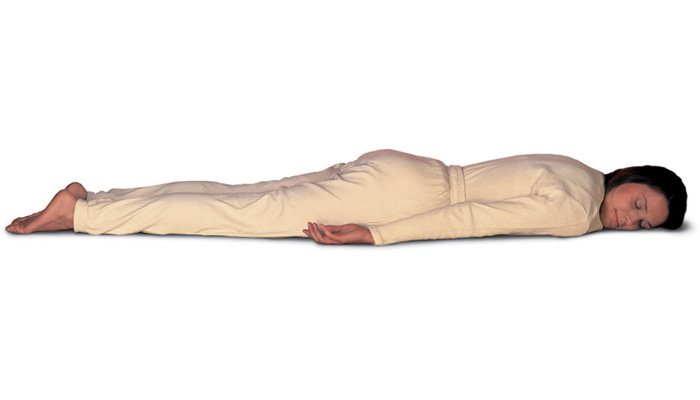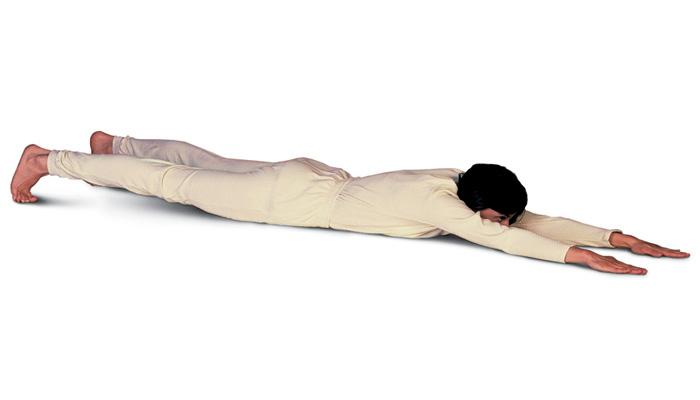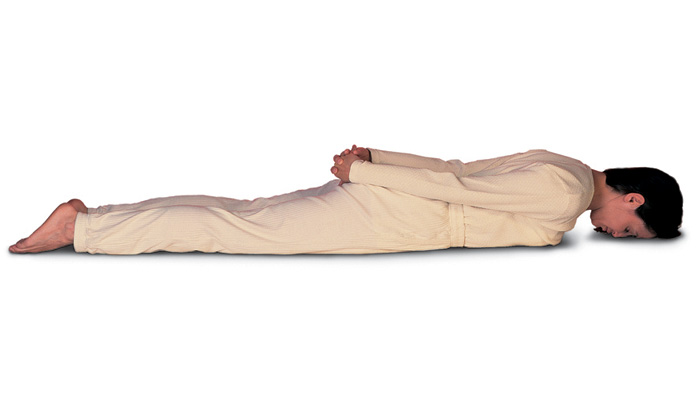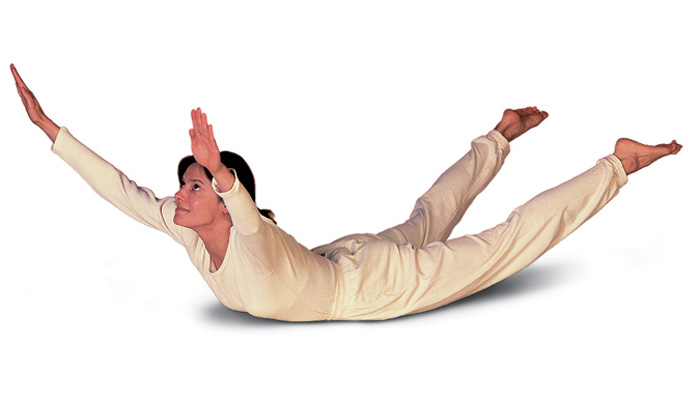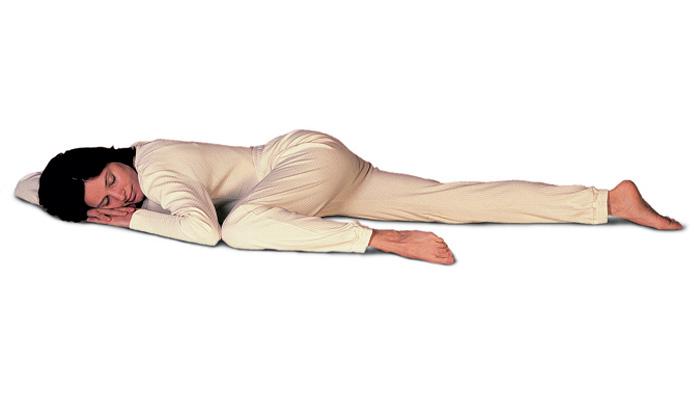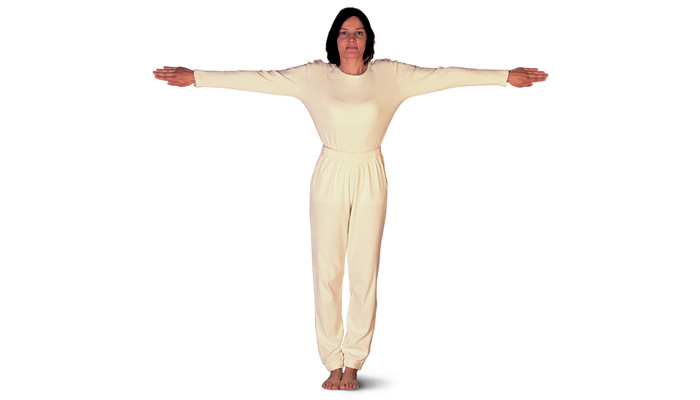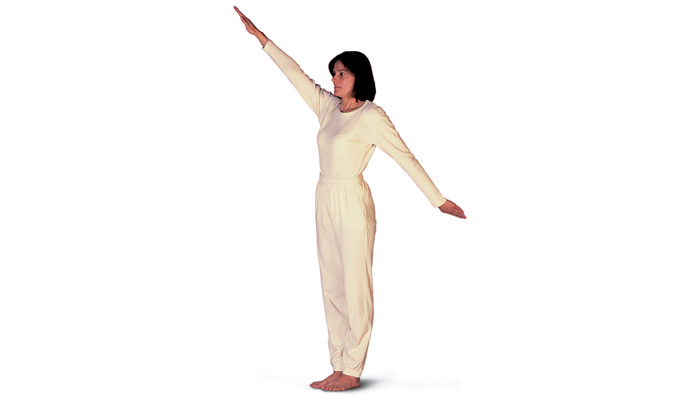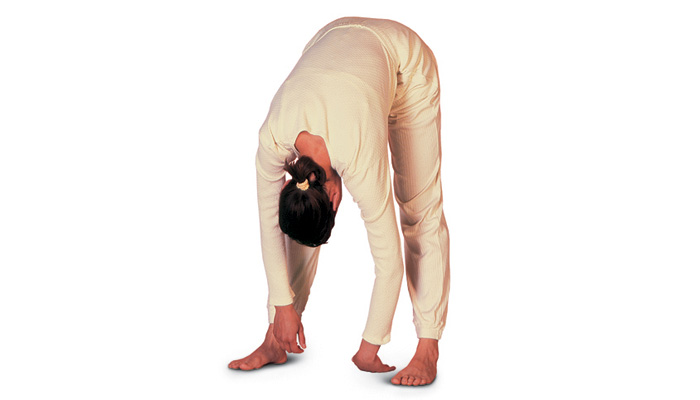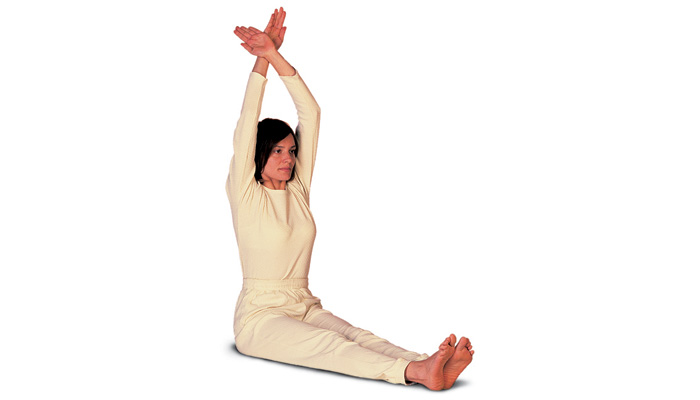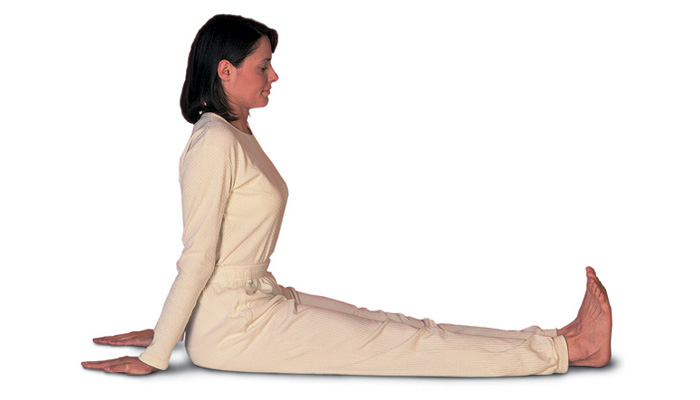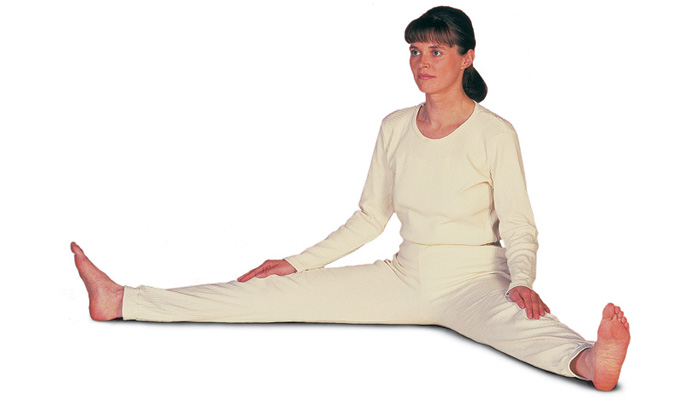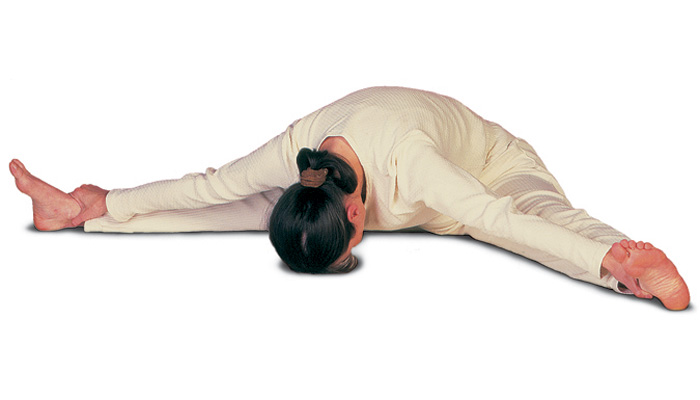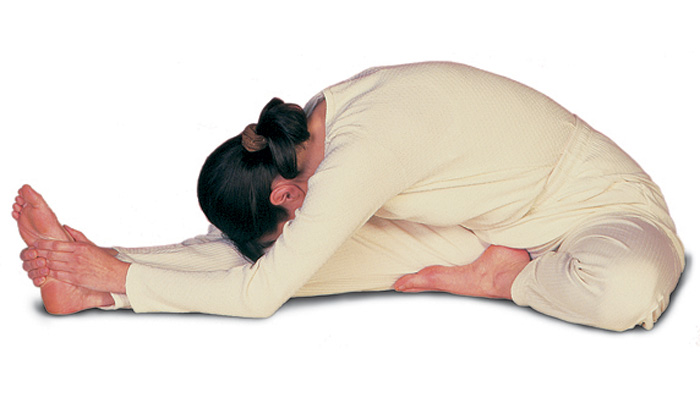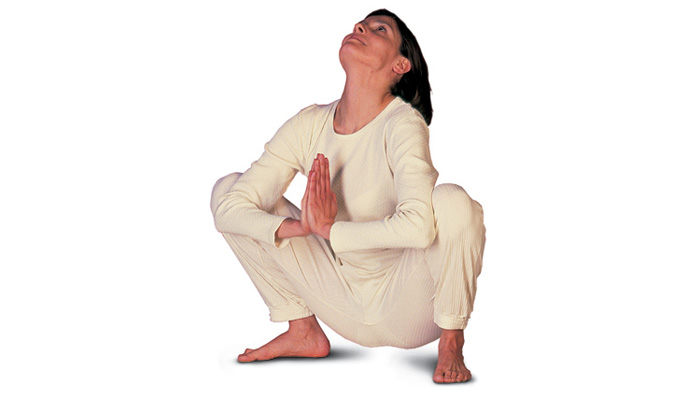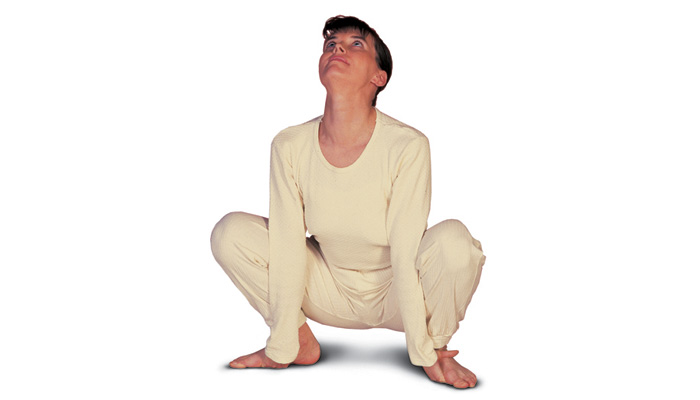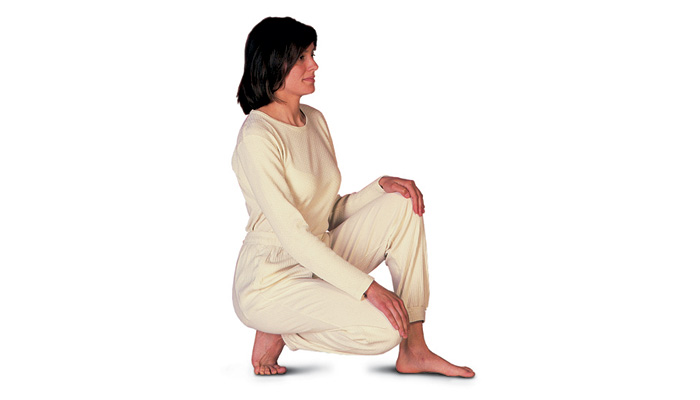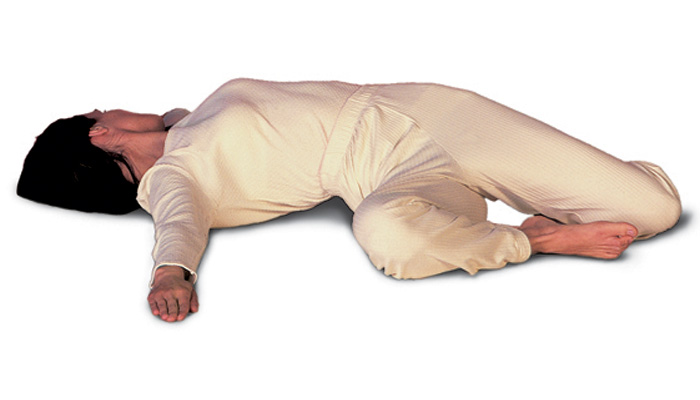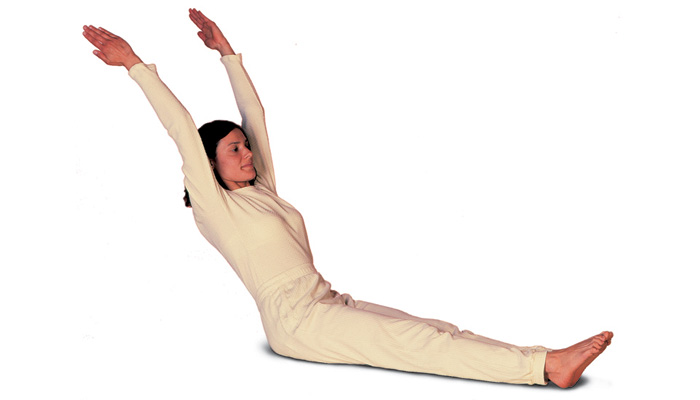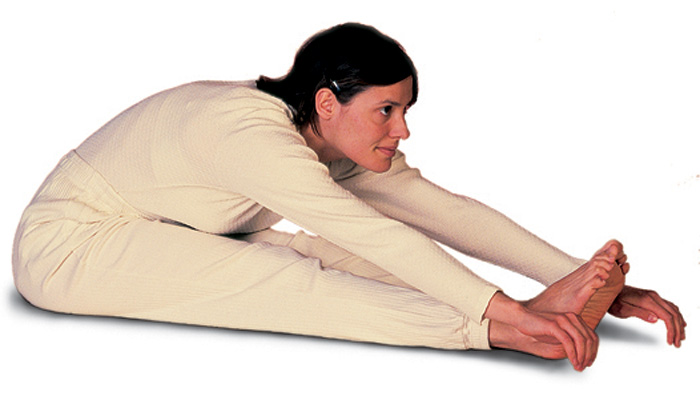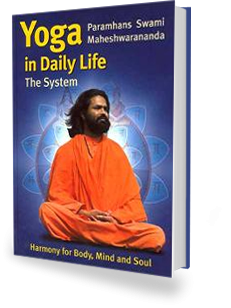Khatu Pranam
Khatu Pranam - Greetings to Khatu
This exercise balances and harmonizes body, mind and soul in a perfect way.
On a physical level it strengthens, stretches and relaxes the muscles, ligaments and joints of the whole body. It expands the lungs and deepens the breath so energy can flow more freely throughout the body. Circulation is stimulated and fatigue is overcome. Because more blood is supplied to the head, there is an improvement in concentration and eyesight. Khatu Pranam also makes the spine more flexible and promotes healthy function of organs and glands. If one practices these exercises with regular discipline, Khatu Pranam also becomes a powerful tool in regulating the entire nervous system. One can balance strong emotions and overcome nervousness and depression.
On a spiritual level, Khatu Pranam is like a cosmic dance or Mudra (spiritual expression). It has a strong influence on our energy centres (Chakras) and the life energy (Prana) flows better throughout the whole body. The Tattvas (elements) and biorhythms are brought into balance. It expands consciousness, harmonises the body, breath and nervous system, and promotes the feeling of calmness. It broadens the consciousness to perceive the vital energy existing everywhere.
Perform 4-6 rounds of Khatu Pranam once or twice a day, especially when feeling tired and you will feel fresh and vital.
For details how to practice Khatu Pranam please follow this link.
Benefits:
- Position 1 + 19
Stretches all the muscles, ligaments and joints of the upper body and relaxes the organs of the abdomen and chest. The lungs are expanded and the breath spreads into all areas of the chest, particularly into the sides of the lungs. The energy flows more freely throughout the body, especially into the limbs. This posture influences the Vishuddhi Chakra.
- Position 2 + 18
The increased blood supply to the head promotes concentration. The Asana has a calming effect and relieves tiredness, nervousness and depression. It relaxes the neck and shoulders, deepens the breath into the back and releases tension in the back. The pressure of the thigh and the movement of the breath into the abdomen massages the intestines. This posture influences the Muladhara Chakra (especially when practiced with Ashvini Mudra).
- Position 3 + 17
Stretches the entire spine and counters a rounded back. The posture relaxes the pelvic region and is of benefit to the organs of the lower abdomen. Deep, diaphragmatic breathing is promoted which stimulates the flow of energy throughout the whole body.
- Position 4 + 16
Stretches the whole spine and front of the body. Stimulates the flow of energy and increases the flow of the breath into the sides of the lungs. Circulates blood to all organs of the pelvis, abdomen and chest, and stimulates function of all glands. The position calms strong emotions. Strengthens the back, arm and shoulder muscles. Extends the spine and stretches the hip flexors, thus is excellent in preventing a rounded back. For this reason, this Asana is recommended for those with sitting professions. The Asana has a balancing influence on the Svadhishthana Chakra.
- Position 5 + 15
Strengthens the whole body. Stimulates blood circulation and particularly increases the flow of blood into the head. In this way the Asana counters tiredness and aids concentration and eyesight. Stretches the calf muscles and helps foot strain and venous return. This posture balances the energy flow of the whole body and has an activating effect upon the Sahasrara Chakra.
- Position 6 + 14
Extends the back and stretches the muscles of the hips and pelvic floor. Promotes good posture. The Asana develops deeper breathing and healthy digestion. This posture influences the Anahata Chakra.
- Position 7 + 13
Stretches the whole of the upper body, especially along the sides of the chest. The chest is opened and expanded, allowing the breath to flow evenly into all areas of the lungs. Improves balance and leg stability. Extends the back and stretches the hips, promoting good posture and a relaxed meditation pose. The Asana influences the Vishuddhi Chakra.
- Position 8 + 12 (as for 6 + 14)
- Position 9 + 11
The upper body can relax in this position. All joints of the spine, shoulders and arms are relieved of strain and receive an increased supply of blood. Stimulates the function of all internal organs and muscles, as well as the sense organs in the head (eyes, ears etc.). Stretches the back muscles and the muscles of the legs. This Asana activates the Manipura Chakra.
- Position 10
Invigorates the whole body, balances energy flow and stimulates the function of all glands. Deepens the breath, stimulates digestion and helps relieve diseases of the throat. The posture has a balancing effect upon the Vishuddhi Chakra.
Caution: Avoid this sequence of Asanas with very high blood pressure or dizziness.

